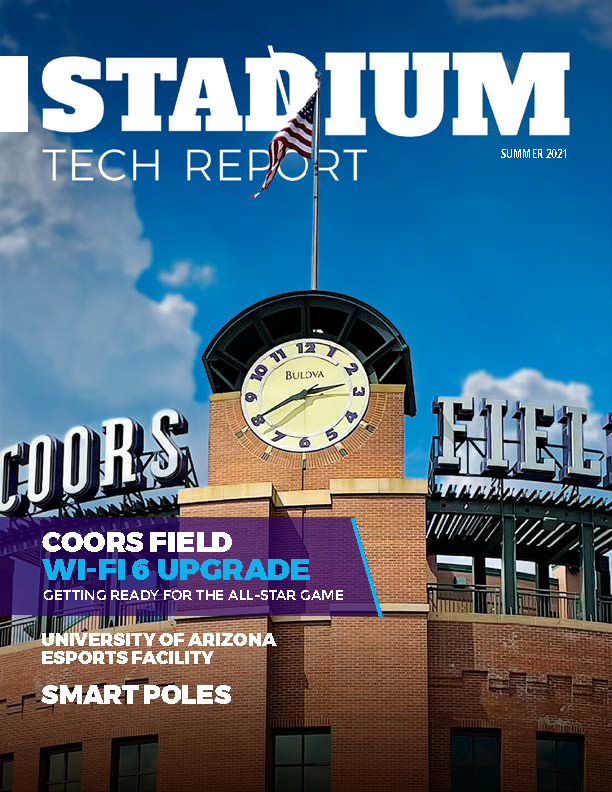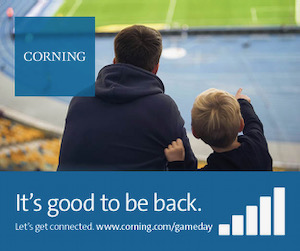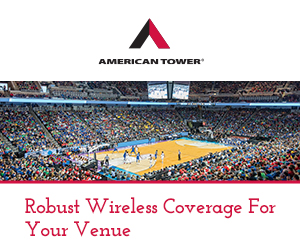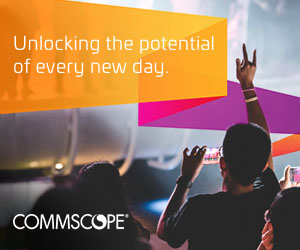While Sunday’s WrestleMania 32 eventually ended up with a record attendance for the WWE’s signature event with 101,763 fans in attendance, some snafus with the entry process had fans reporting as long as three-hour waits to get in, with some pegging a Wi-Fi outage that disabled ticket scanners as one of the roots of the problem.
Here's what it looked liked for fans trying to get into #WrestleMania From @dallasnews photog David Guzman pic.twitter.com/BaZS8U5wxN
— Mark Francescutti (@mfrances100) April 4, 2016
We don’t as of yet have any on-the-record comments from AT&T Stadium so we can’t say exactly what the problem was. UPDATE, 4/4/16, 2:50 p.m.: According to John Winborn, chief information officer for the Dallas Cowboys Football Club (and the person who runs the network inside AT&T Stadium), despite the rumors that emerged there was no Wi-Fi outage at the stadium — in fact Winborn said the crowd used 6.77 TB of Wi-Fi data Sunday, a single-day stadium Wi-Fi total second only to the 10.1 TB used at Levi’s Stadium for Super Bowl 50. (More details on the Wi-Fi consumption coming soon.)
Wi-Fi rumors aside, on Sunday night Twitter and Instagram were full of photos from irate fans who were stuck outside the venue, with some reportedly unable to get inside or to their seats before the actual matches started. According to a blog post at the Fort Worth Star-Telegram, the WWE and the Stadium issued a joint press release halfway through the event that read:
“To ensure the safety of WWE fans, increased security measures were put in place tonight. We apologize that it may have taken some fans longer than usual to get into AT&T Stadium.”
Several other news outlets reported the problem, with all seeming to peg the issue on a Wi-Fi problem with the ticket scanners. Winborn, however, said there were no Wi-Fi outages in the stadium or with the ticket scanners.
According to the Fort Worth Star-Telegram report, the vitriol on Twitter and other social media outlets may not have been entirely correct; according to the report:
Do not believe the viral reports and unsightly online pictures that fans could not get to their seats by the time the early matches began — they could but they preferred to walk around, buy food, drink and merchandise. But the images and the complaints that flooded the Internet about #WrestleMania32 were so plentiful, and negative, joint press release was issued halfway through the event.
With 101,763 finally in their seats the event was the fifth-largest crowd inside AT&T Stadium, and as such most likely produced a large Wi-Fi and DAS traffic number once things finally got underway. We will update this post and have another when we get the wireless traffic stats from the stadium.


















